Increased Demand from Defense Sector
The Armour Steel Plate Market experiences heightened demand primarily driven by increased defense spending across various nations. Governments are investing significantly in military modernization programs, which necessitate the procurement of advanced armor solutions. For instance, the global defense budget is projected to reach approximately 2 trillion USD by 2026, indicating a robust growth trajectory. This surge in defense expenditure is likely to bolster the demand for high-performance armour steel plates, as they are essential for vehicle and personnel protection. Furthermore, geopolitical tensions and the need for enhanced national security are compelling nations to prioritize defense capabilities, thereby further stimulating the Armour Steel Plate Market. As a result, manufacturers are expected to ramp up production to meet the escalating requirements, potentially leading to innovations in product offerings.
Technological Innovations in Production
Technological advancements play a pivotal role in shaping the Armour Steel Plate Market. Innovations in manufacturing processes, such as the adoption of automated systems and advanced welding techniques, enhance the efficiency and quality of steel plates. For example, the introduction of laser cutting technology allows for precise and intricate designs, which are crucial for modern military applications. Additionally, the integration of artificial intelligence in production lines is likely to optimize resource allocation and reduce waste, thereby improving profitability for manufacturers. As the industry evolves, these technological improvements may lead to the development of lighter yet stronger armour steel plates, catering to the demands of contemporary defense systems. Consequently, the Armour Steel Plate Market is poised for growth as companies leverage these advancements to enhance their competitive edge.
Regulatory Compliance and Safety Standards
The Armour Steel Plate Market is significantly influenced by stringent regulatory compliance and safety standards imposed by various governments and organizations. These regulations often mandate the use of specific materials and technologies in defense and industrial applications, thereby driving the demand for high-quality armour steel plates. For instance, compliance with international standards such as ISO and ASTM ensures that products meet safety and performance criteria, which is crucial for military and civilian applications alike. As industries strive to adhere to these regulations, manufacturers are compelled to invest in quality assurance processes and certifications, potentially increasing production costs. However, this focus on compliance may also enhance the reputation of the Armour Steel Plate Market, fostering consumer trust and encouraging further investments in advanced armor solutions.
Emerging Markets and Infrastructure Development
The Armour Steel Plate Market is poised for growth due to emerging markets and ongoing infrastructure development projects. Countries in Asia and Africa are increasingly investing in infrastructure, including transportation and defense facilities, which necessitates the use of high-quality armour steel plates. For instance, the construction of new military bases and transportation networks in these regions is likely to drive demand for robust materials. Additionally, urbanization trends in developing nations are contributing to the need for enhanced security measures, further propelling the market. As these economies continue to develop, the Armour Steel Plate Market may experience a surge in demand, prompting manufacturers to explore new opportunities and expand their market presence.
Rising Demand from Automotive and Aerospace Sectors
The Armour Steel Plate Market is witnessing a notable increase in demand from the automotive and aerospace sectors. As vehicle manufacturers seek to enhance safety features, the incorporation of armour steel plates in passenger and commercial vehicles is becoming more prevalent. The automotive industry is projected to grow at a compound annual growth rate of around 4%, which may further drive the need for advanced materials. Similarly, the aerospace sector is increasingly utilizing armour steel plates for structural components, driven by the need for lightweight yet durable materials. This trend indicates a diversification of applications for armour steel plates beyond traditional military uses, potentially expanding the market reach. As these sectors continue to evolve, the Armour Steel Plate Market is likely to benefit from the cross-industry demand for high-performance materials.



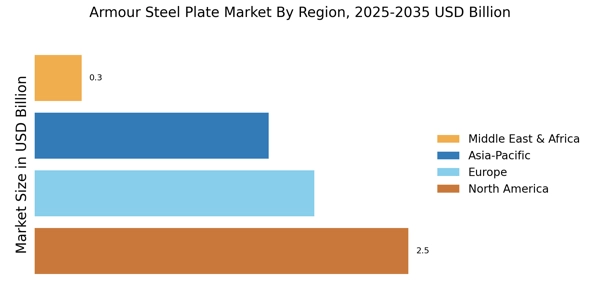
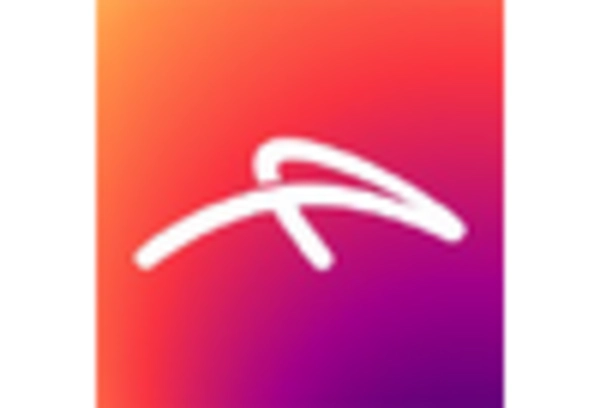
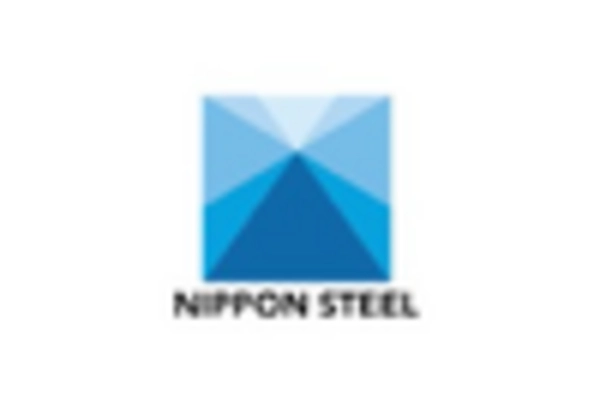
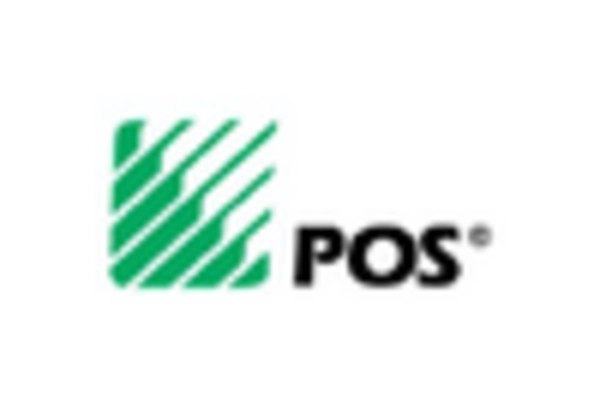

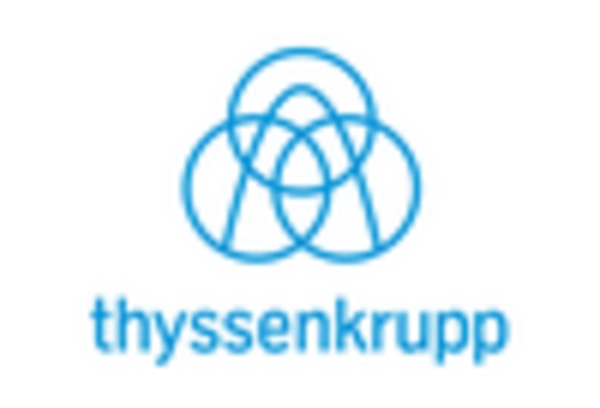









Leave a Comment